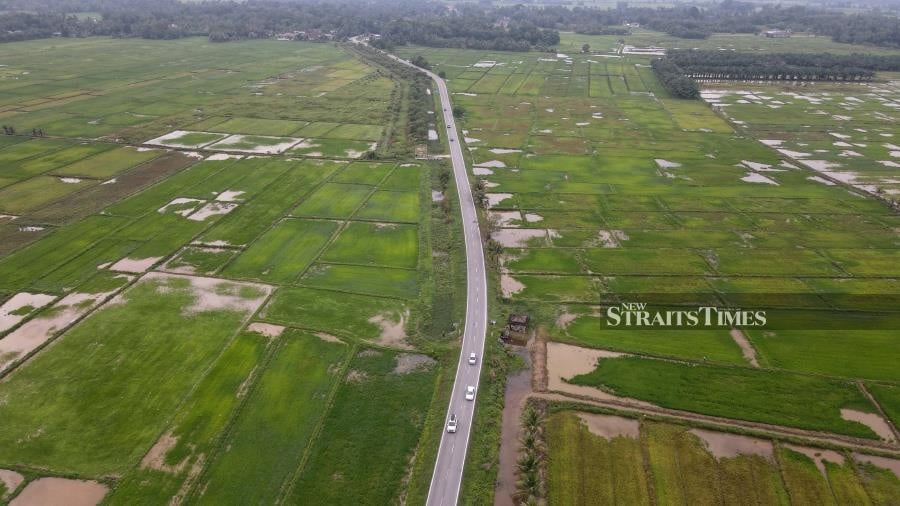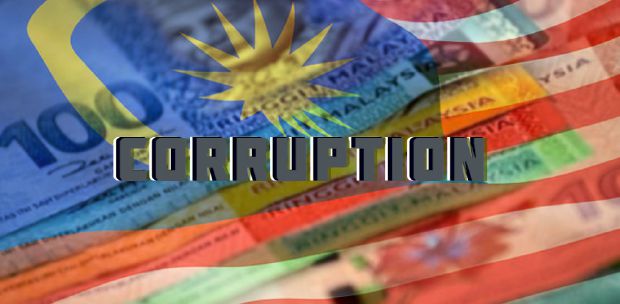SOUTHEAST Asia is one ambitious region. Nowhere is this more evident than in its climate change goals.
Net zero pledges proliferate as if the 10 nations that go to form Southeast Asia are in a race to be the first carbon-free nation. But that is where ambitions stop, according to a report released on Monday by Bain & Company, a global consultancy and three others.
Ambition and reality diverge and Southeast Asia, the report finds, has taken the road less travelled. A case of overpromise and under-delivery? Call it a Southeast Asian old normal. Concerted effort is a stranger in this geography. This is why Asean, the region's 10-member bloc, is more a tale of regress than it is of progress. To be blunt, en bloc is an unfamiliar concept here.
Why is decarbonisation so hard to do in Southeast Asia? There is a catch-up-with-the-developed-nations policymakers' attitude at work in the region. And a toxic brand of capitalism is fuelling it.
Energy demand, the enemy of net zero, is going up and up and away, and by the decade's end in 2030, is expected to have risen to nearly 42 per cent, the report estimates. If that was bad economics at work, politics is doing a worse job. Instead of moving swiftly to stifle demand by increasing energy tariffs, governments in the region are settling for what they think is a happy balance.
But the fact is there is no such thing as a happy balance in politics. If equilibrium is an illusion in economics, it is more so in politics. What is good for some is often bad for the many. Bad politics is a consequence of bad economics. Toxic capitalism decapitates. Nations must know this, especially the 10 in Southeast Asia: decarbonisation is not a race for one or a few. All 193 nations must decarbonise simultaneously.
Because what happens in Texas doesn't just stay there. Just to stick with the 10 nations in Southeast Asia, the report comes with a dire warning to them: continue with the business-as-usual behaviour, then be prepared for a 32-per cent burst in emissions over the decade ending in 2030. To be more granular, last year's emissions saw a 13 per cent spike.
Stopping the earth from warming beyond 1.5ºC, the Paris agreement threshold, is a decarbonisation dance of two synchronised steps. One is getting rid of oil, coal and gas as sources of energy and the other is to replace them with renewable sources, such as nuclear and hydroelectric power. Be shocked.
Oil, coal and gas, the report discloses, make up more than 90 per cent of Southeast Asia's energy mix, while renewable sources the paltry remainder. Granted green investment inched up from US$5.2 billion to US$6.3 billion, but was woefully short of the US$1.5 trillion needed to transition the region by 2030.
Little surprise that last year was the hottest year on record, causing 63 disasters costing US$300 billion. This year promises to be even more disastrous. The floods on Wednesday in Dubai and other Gulf states — deadly mixture of flying sheets of steel and floating cars — are signals of worse things to come. Climate change is sending us a message: wake up and wean off. Being heedless isn't an option.





